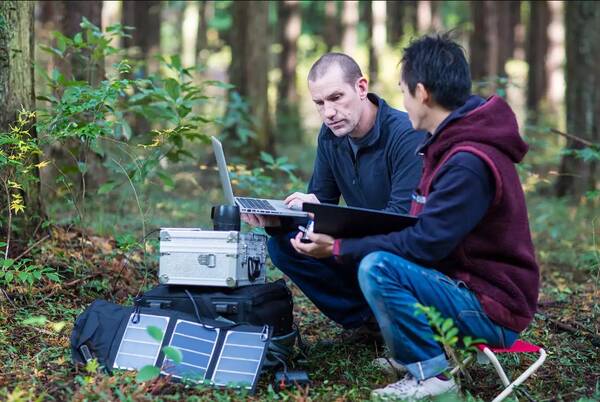现在大多数智能手机都支持 GPS,但很少有个人电脑或笔记本电脑支持。不过,使用 GPS 接收器将 GPS 技术添加到 PC,不是很难。这样,就可以用电脑和 GPS 做一些事情,可让生活更轻松。
使用 PC 更新 GPS 地图
使 GPS 上的地图和其他数据保持最新。大多数专用 GPS 设备都带有 USB 连接。有了这个,就可以根据需要来下载最新的路线图和其他数据。许多制造商允许用户购买、下载和安装超出设备随附基本地图的补充地图。
绘制路线、分析数据并记录日志
在出发前绘制路线,在返回后下载和分析行程数据。GPS 接收器可能带有地图软件,可在出发前在个人计算机上绘制路线,然后将其传输到 GPS 设备。与详细的补充地形图一起使用,这对于日间徒步旅行或背包旅行特别有价值。
旅行回来之后,将旅行数据传输到计算机地图软件以分析和绘制数据。存储和分析锻炼数据以及创建数字化、高科技的训练日记对运动员尤其有用。
将笔记本电脑用作 GPS 设备
将笔记本电脑本身用作GPS 导航器。购买笔记本电脑专用的 GPS 接收器,并通过 USB 或蓝牙无线连接将其连接到笔记本电脑。笔记本电脑 GPS 设备和软件价格实惠且易于使用。
尝试 GPS 增强型在线服务
将个人计算机与 GPS 增强的在线服务一起使用。大多数在线数码照片服务都允许将 GPS 位置数据附加到照片中。这些照片被锁定到地图上,从而创建基于位置的照片画廊。
另一种在线服务可从 GPS 上传路线和其他数据,例如海拔或心率,并绘制地图以与朋友、家人、教练或互联网共享。Garmin Connect等网站可帮助管理和显示路线和训练数据。








